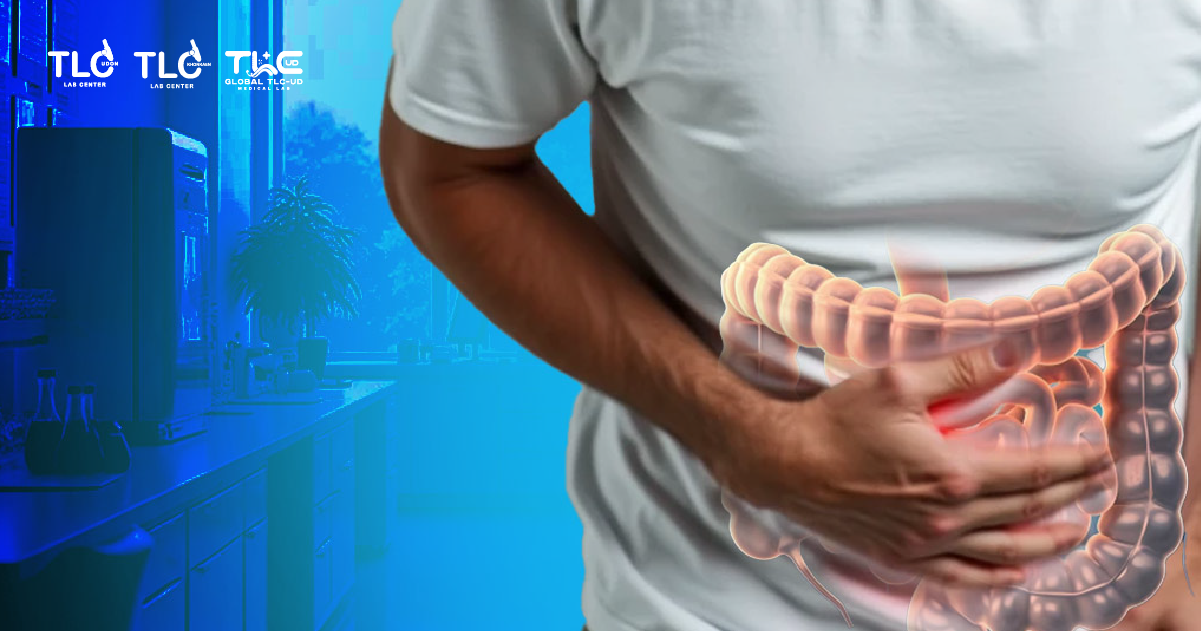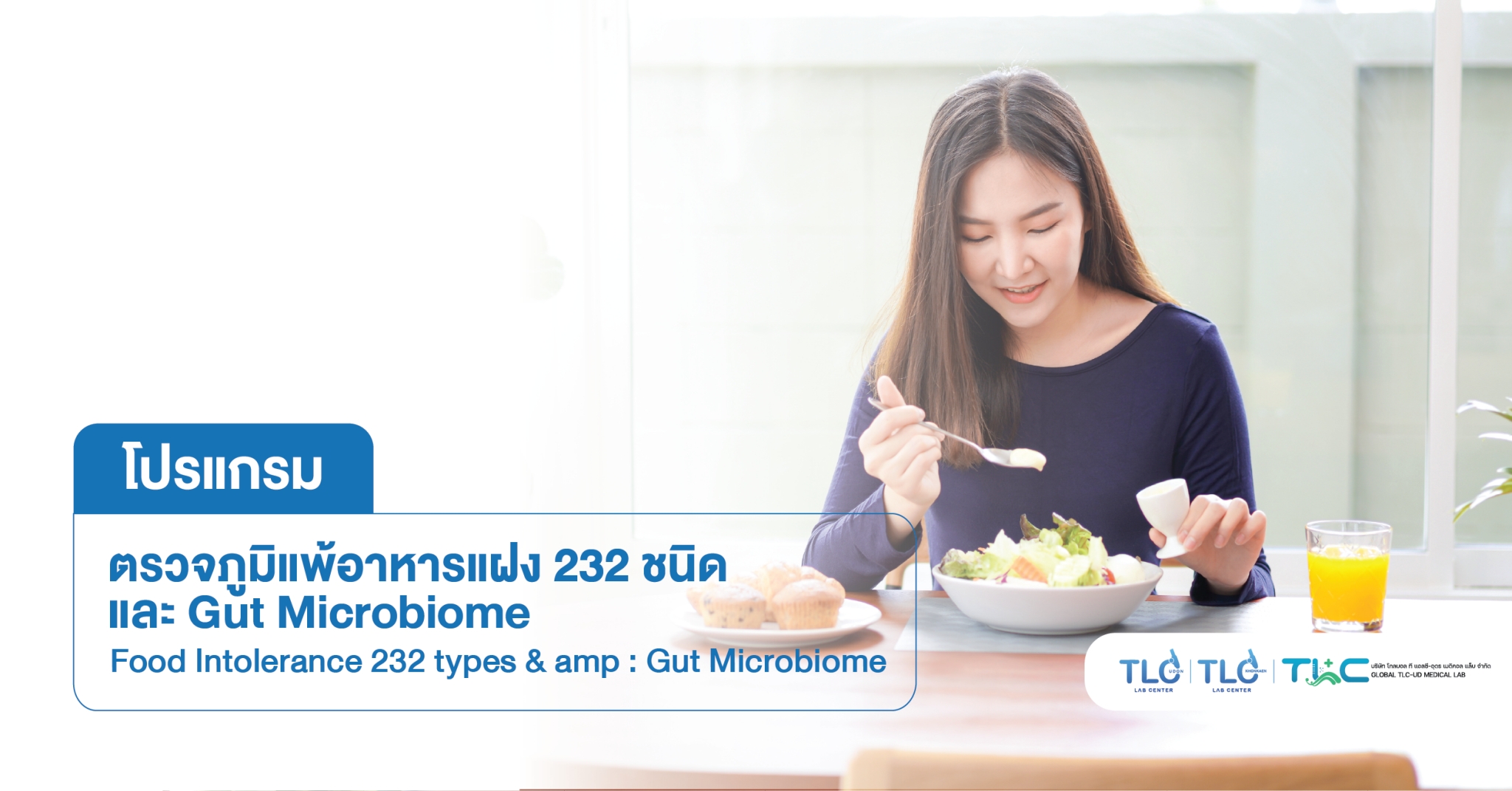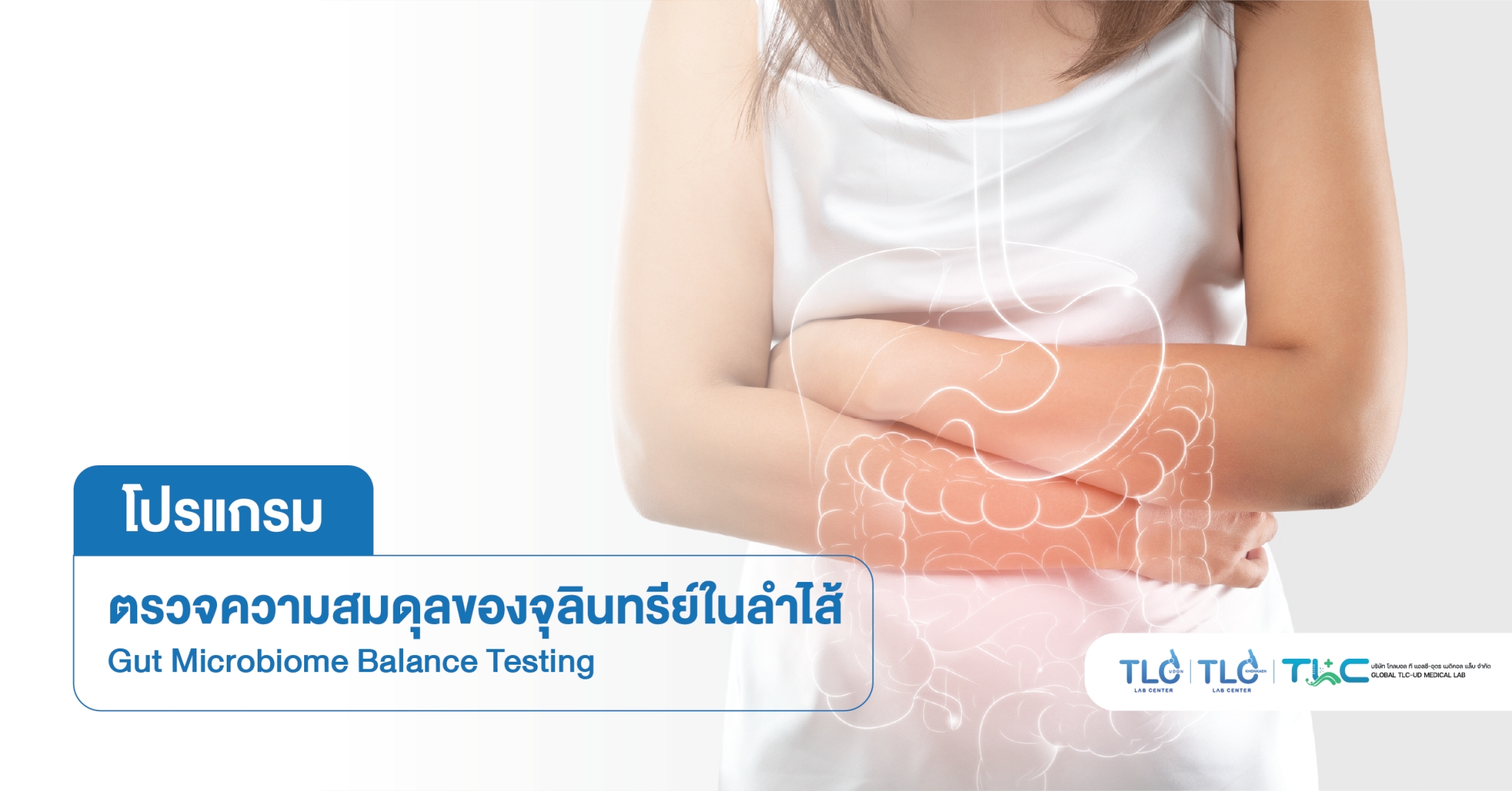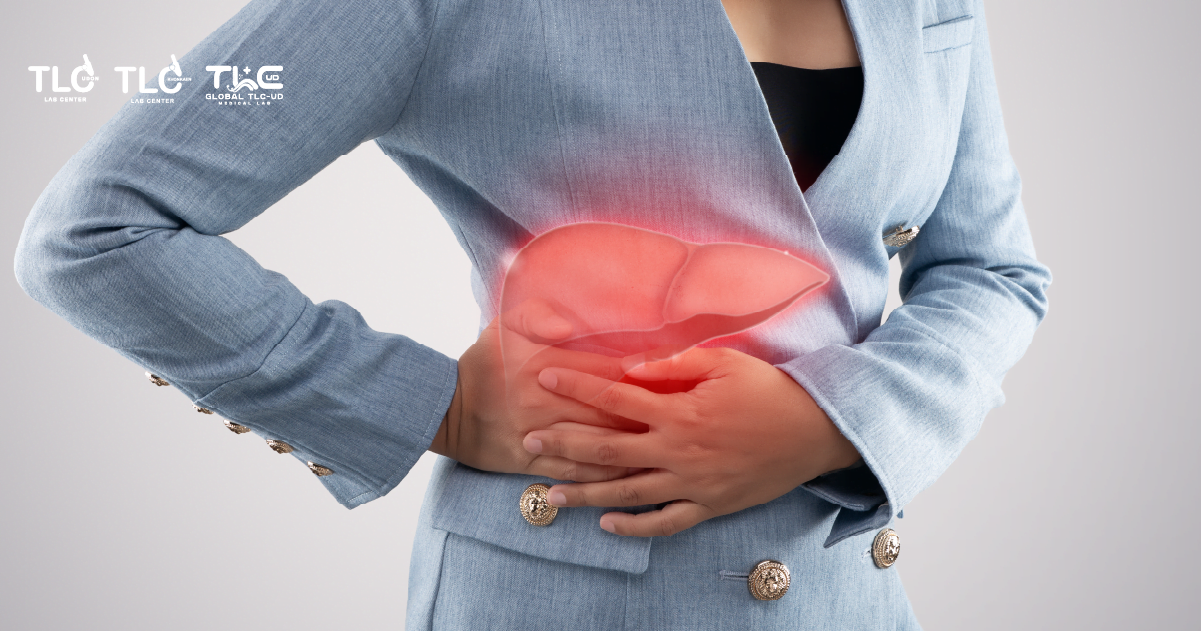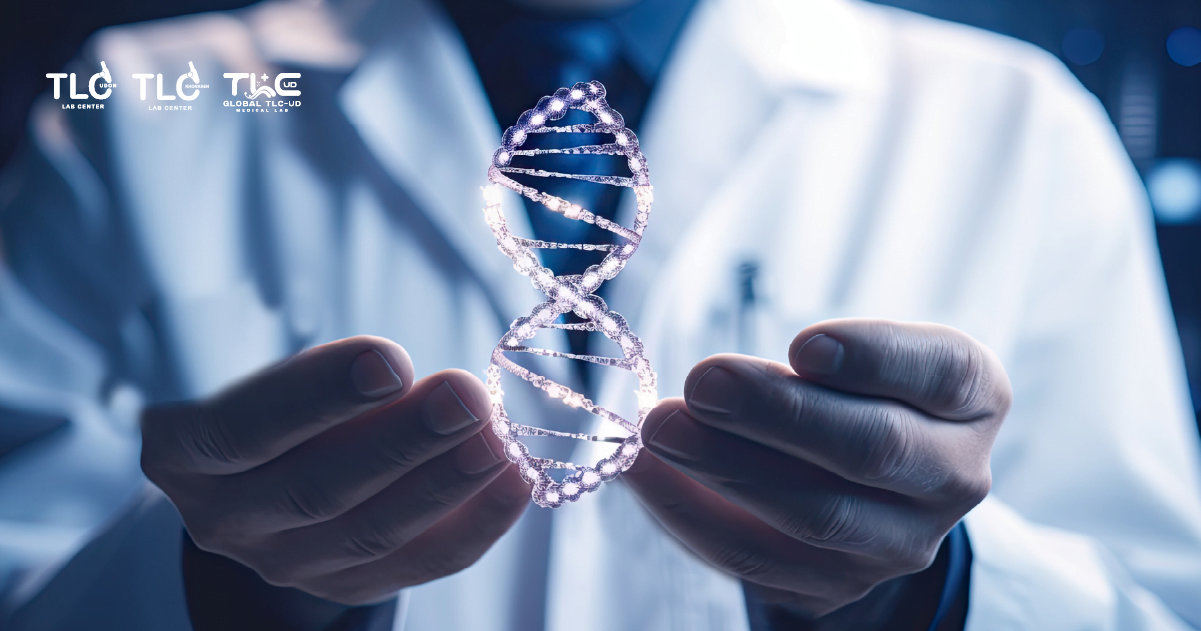GI-Map (Gastrointestinal Microbial Assay Plus) is a stool analysis that uses advanced technology, specifically quantitative Polymerase Chain Reaction (qPCR), to assess the diversity and quantity of microorganisms in your digestive tract, including good and bad bacteria, viruses, and parasites. It also gives info about your immune system health, gut-related stress responses, and the presence of various pathogens. It’s often used to find the real cause of digestive issues and other health problems.
What can GI-Map help with?
- Assessing Gut Microbial Balance: Helps identify if any type of microorganism is too high or low, which can affect your health.
- Detecting Pathogens: Checks for harmful bacteria, viruses, and parasites.
- Evaluating Immune Function: Shows how well your immune system is responding to gut microbes.
- Assessing Stress Response: Helps connect stress levels to gut health.
- Treatment Planning: Gives data for more targeted and effective treatments.
Who is GI-Map for?
It’s usually recommended for people with various health problems, especially if symptoms are chronic or the cause is unknown, since gut health is connected to overall health, including:
- IBS (Irritable Bowel Syndrome): bloating, gas, constipation, diarrhea
- SIBO (Small Intestinal Bacterial Overgrowth)
- Chronic digestive issues
- Autoimmune diseases (like Hashimoto’s, Graves’, inflammatory bowel disease)
- Leaky gut (intestinal permeability)
- Chronic fatigue
- Joint pain
- Skin problems (rashes, acne)
- Mood issues (anxiety, depression)
- Food allergies or intolerances
- Recurrent infections
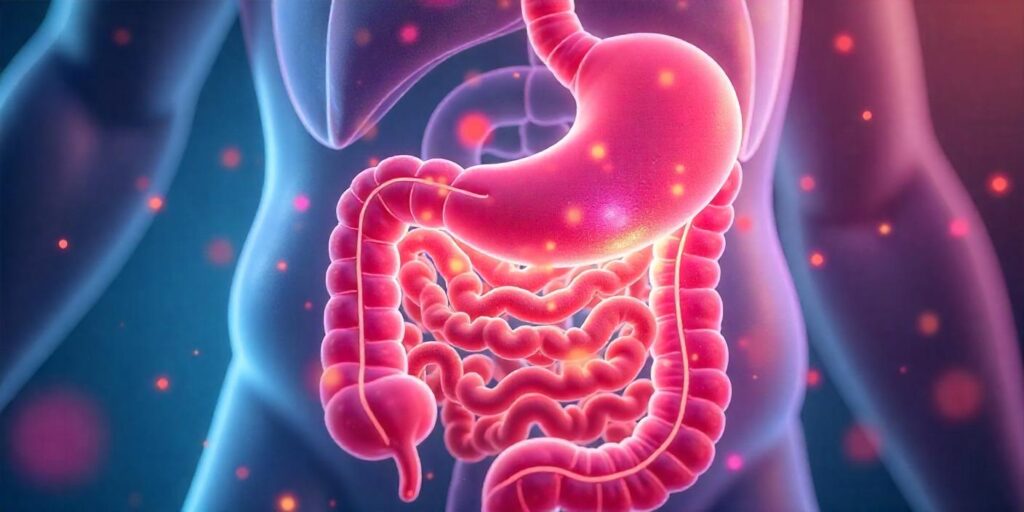
What does GI-Map analyze?
- Comprehensive Digestive Analysis:
Gives deep insight into the gut ecosystem, way more detailed than regular stool tests, by analyzing DNA from a wide range of microbes.
Key Markers:
- Pathogenic bacteria (e.g., H. pylori, C. difficile and its toxin genes, Campylobacter, Salmonella, pathogenic E. coli strains, etc.)
- Parasites (e.g., Giardia, Cryptosporidium, Blastocystis hominis, Entamoeba histolytica, etc.)
- Viruses (less common, but some panels check for them)
- Good bacteria (probiotics): checks the balance and amount of beneficial bacteria
- Overgrowth/Imbalance markers: detects too many of certain bacteria that can cause issues if out of balance
- Fungi/Yeast: e.g., Candida
- Gut Health Markers:
- Inflammatory markers: calprotectin, secretory IgA, which show inflammation and immune response in the gut
- Digestion markers: like pancreatic elastase (shows pancreatic enzyme production) and steatocrit (shows fat absorption)
- Zonulin: a marker for “leaky gut” (intestinal permeability)
- Antibiotic resistance genes: show if some bacteria are resistant to antibiotics
Quantitative Results:
Unlike old-school tests that just say “positive” or “negative,” GI-Map gives numbers (like colony-forming units per gram of stool) to show how much of each microbe is present.
Accuracy and Limitations
- High sensitivity: qPCR can pick up even tiny amounts of microbes.
- Specificity concerns: Some studies note possible false positives for certain bugs, so you gotta look at symptoms along with test results.
- Not a standalone diagnostic: It’s just a tool; the results should be interpreted by an experienced professional alongside your history and other info.
- DNA detection only: It shows DNA or gene presence, not live organisms or actual toxins (e.g., finds C. difficile toxin genes, not the active toxin).
- Mainly for adults: Most reference ranges and interpretations are for adults, not really designed for babies or kids.
How does GI-Map compare to other stool tests?
- Traditional culture: Tries to grow bacteria from samples, but misses many because gut bacteria are often anaerobic (won’t grow in oxygen), so results can be incomplete.
- Other DNA PCR tests (like Genova GI Effects, Doctor’s Data GI 360): Use similar PCR tech, sometimes with different focus areas, depending on what the doctor needs.
- 16S rRNA gene sequencing/shotgun metagenomics (like Viome, Tiny Health): More advanced DNA decoding, covers the whole microbiome (and what those bugs can do), but pricier and takes longer than GI-Map, which sticks to the most important bugs and markers.
How is the GI-Map test done?
- Sample Collection at Home: You collect a stool sample yourself at home using the kit they provide.
- DNA tech (qPCR): The main method is qPCR, which amplifies and detects DNA from specific microbes, super accurate, even for tiny traces.
- Lab Analysis: The sample goes to a specialized lab.
- Result Interpretation: Results come out in 2-3 weeks, and a doctor or medical technician will interpret them and come up with a treatment plan tailored to you.
Summary
GI-Map is a tool for evaluating gut health, giving deep insights into microbial imbalances, pathogens, and inflammation markers. But the results should always be interpreted by a professional to plan the right personalized treatment.
References
- Diagnostic Solutions Laboratory. (n.d.). GI-Map – GI Microbial Assay Plus. Retrieved from [diagnosticsolutionslab.com]
- [drzilberstein.com]
- [nordiclabs.com/EDetail.aspx?id=3827]

